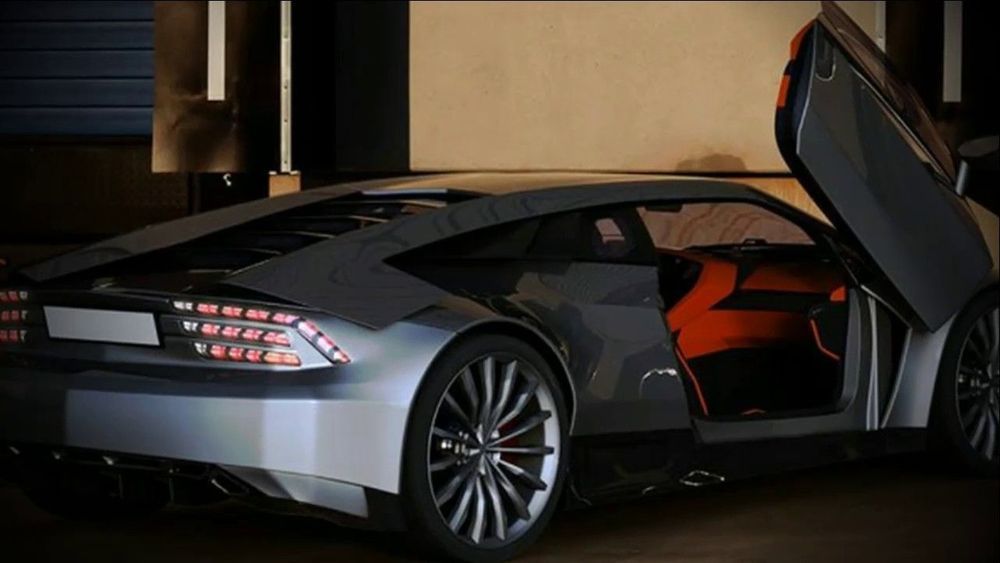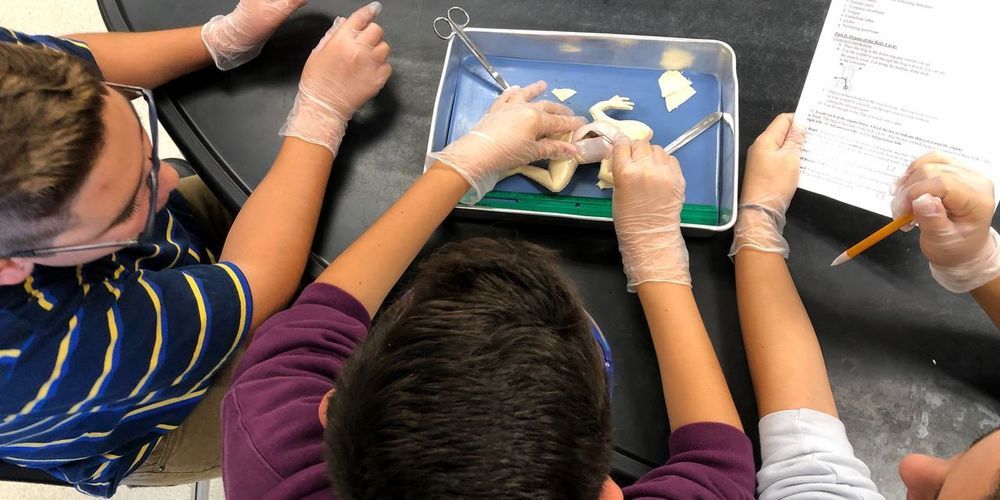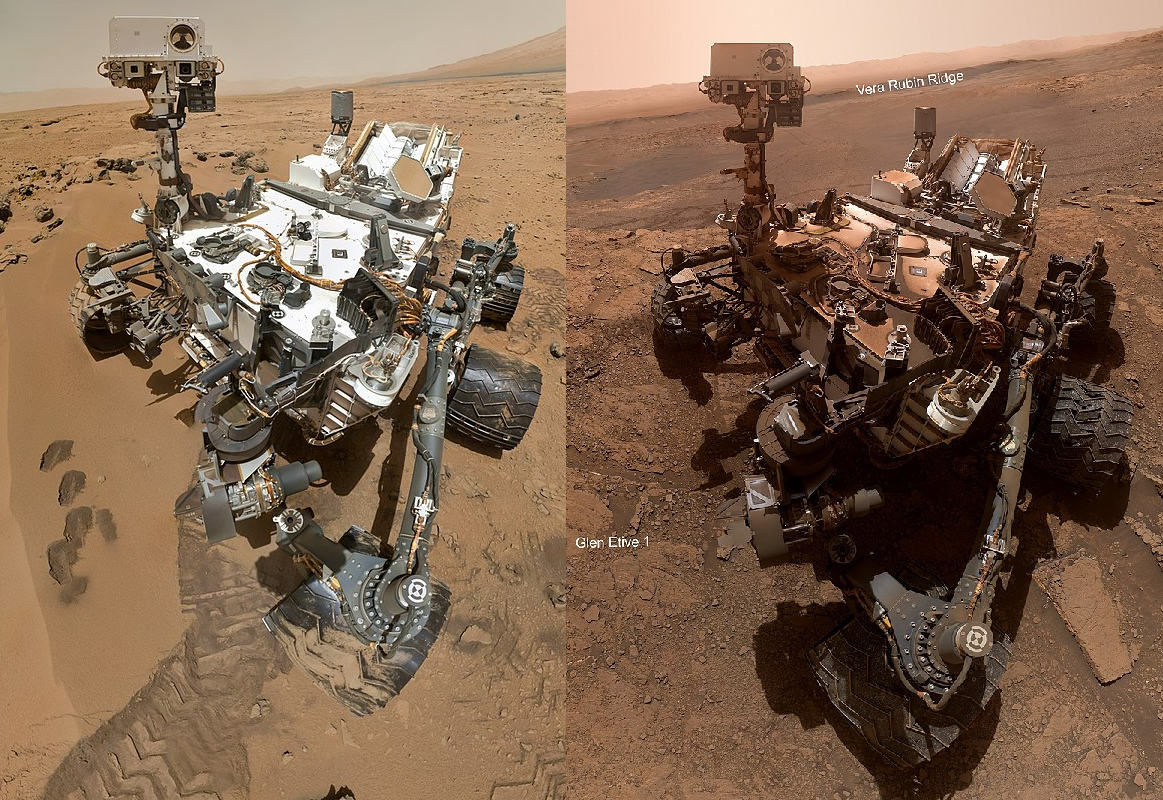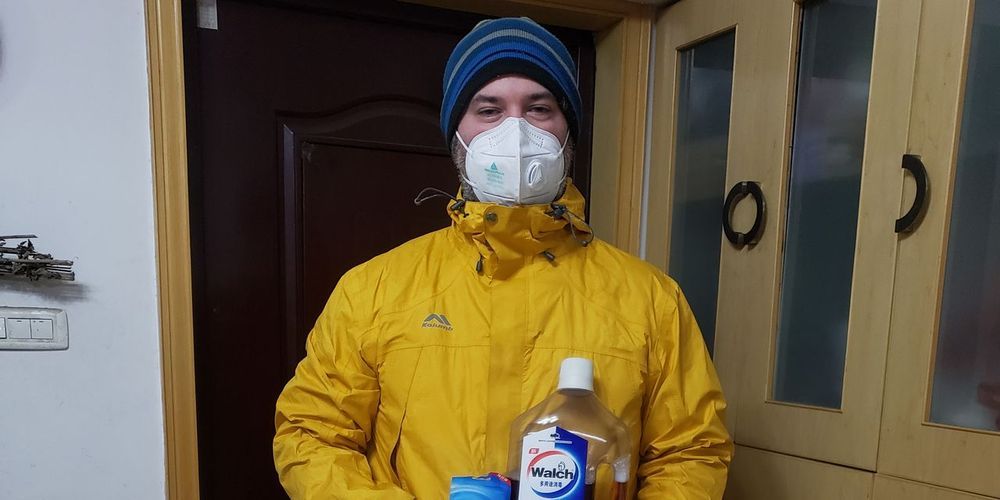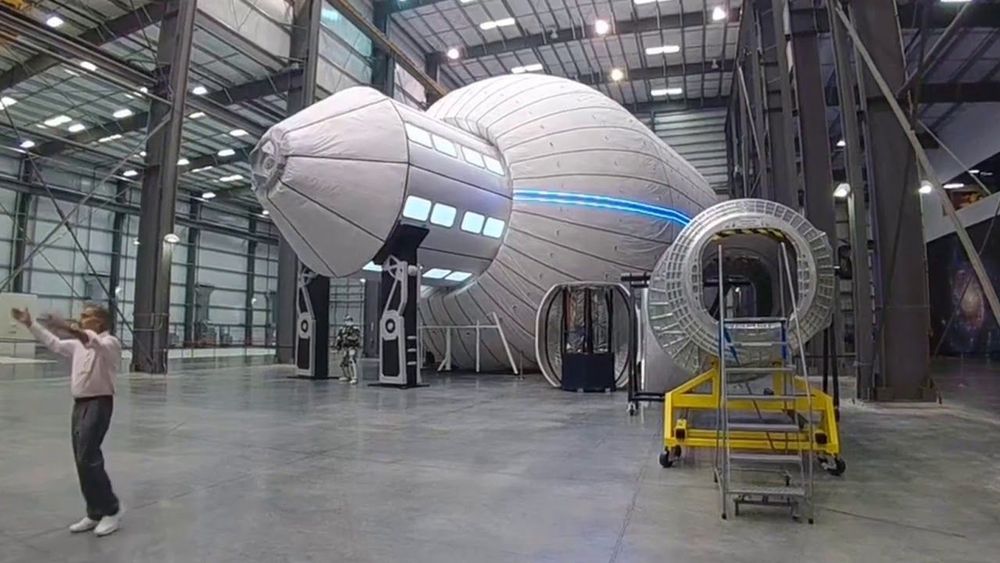Among the hardest games to play, we find the waiting game. The lore of the DeLorean being produced once again has been floating around the watercooler for some time now. Most recently, rumors pointed to 2016 being the return of the DMC 12. However, due to changes in regulations, it would appear as if the revival wouldn’t exactly be legal. Let’s just say that low-volume auto manufacturers have some hurdles to jump over. These regulations would make the hurdles impossible for DeLorean.
That all changed.
Hagerty tells us that “According to SEMA, the final regulations will allow low-volume automakers to sell up to 325 cars each year that resemble production vehicles manufactured at least 25 years ago.”
